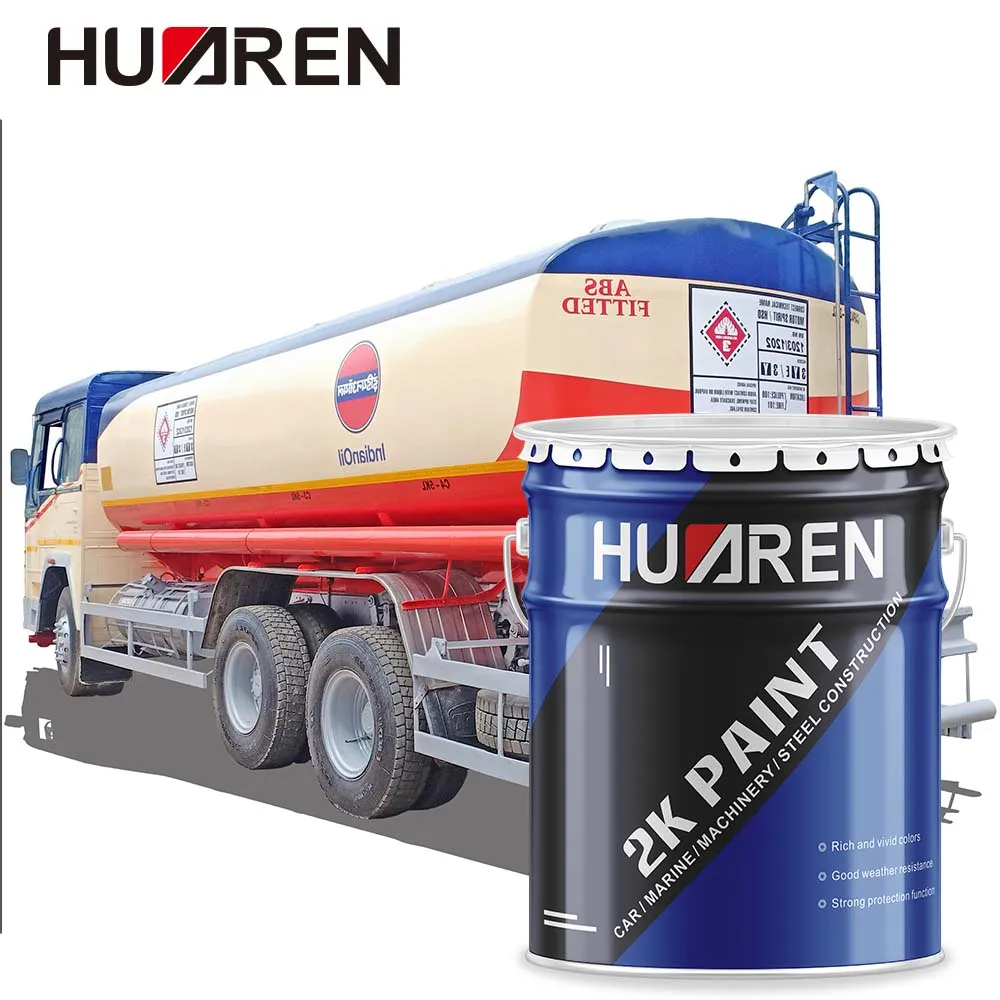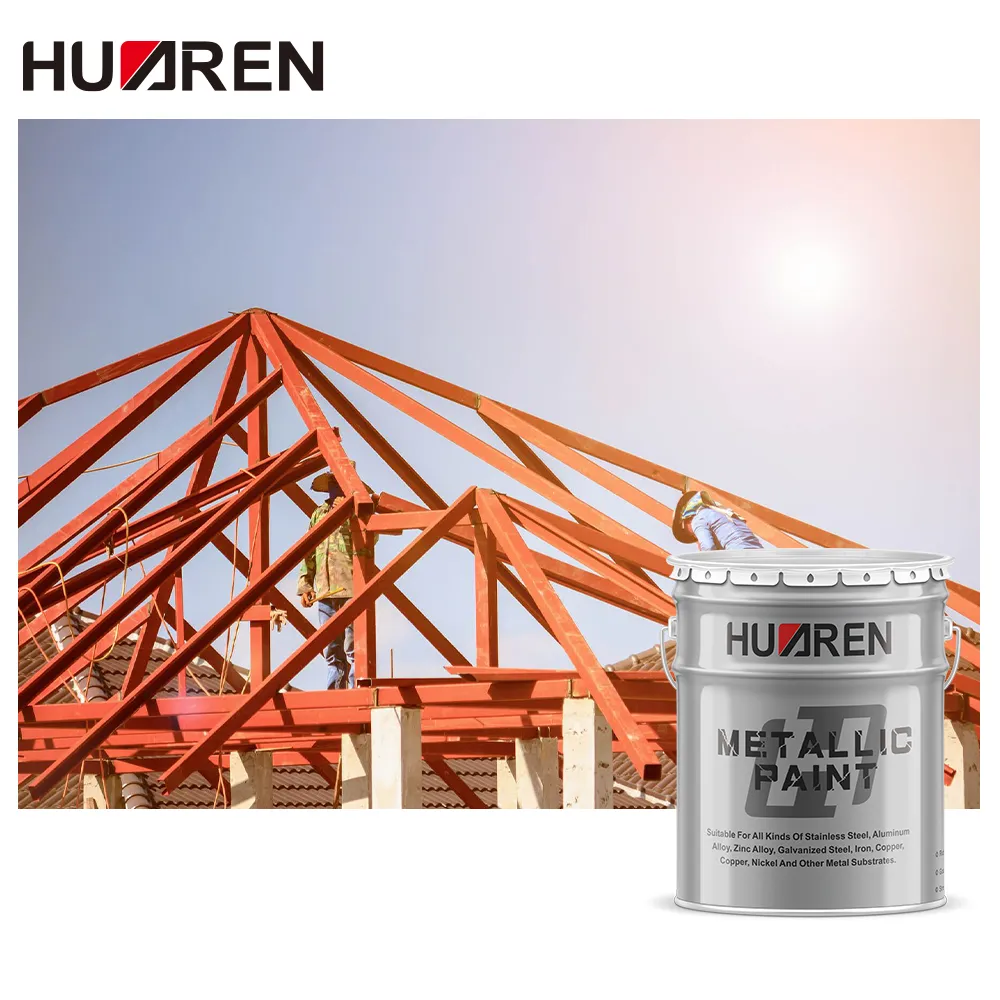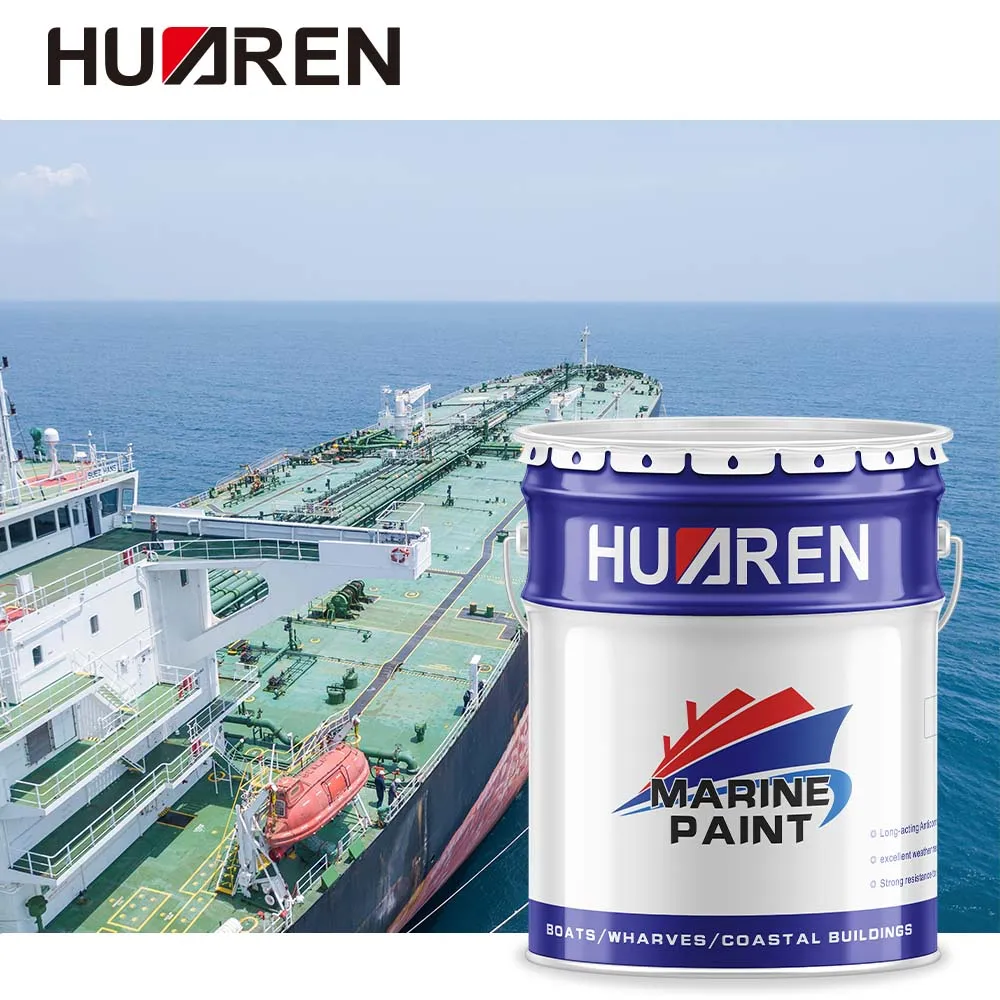As a means of transportation that sails in waters such as oceans and lakes, the structure and safety of ships are particularly important. Hull paint not only determines the appearance of the ship, but also largely affects the durability and protection of the ship. The selection and coating process of hull paint are crucial to the long-term use of the ship. They can effectively prevent the metal or wooden materials of the hull from corrosion, wear and adhesion of aquatic organisms, while improving the beauty of the ship.
For ship operators, in addition to understanding different types of paint, the service life of hull paint is also an important consideration. So, what kind of paint is most suitable for the hull? How long can different types of hull paint last? This article will explore the selection criteria of hull paint and related issues about the life of paint.

What is the role of hull paint?
The main function of hull paint is to protect the hull from various factors in the water environment. The salt content, moisture, temperature difference changes and friction between the hull and the water surface of the seawater can cause damage to the hull, and hull paint can form a protective barrier to delay or prevent these damages. The functions of hull paint can be summarized as follows:
· Anti-corrosion: Ships operate in seawater for a long time and are easily corroded by salt, aquatic microorganisms and chemicals. Hull paint effectively prevents moisture and salt from penetrating into the metal or wood surface of the hull by forming a solid protective film, thereby reducing the occurrence of corrosion.
· Anti-ultraviolet: When the hull is exposed to the sun, ultraviolet rays will cause the metal and coating materials to age, fade, and bubble. Hull paint can prevent ultraviolet rays from damaging the hull surface.
· Anti-biological attachment: Aquatic organisms, such as seaweed, mussels, corals, etc., will attach to the surface of the hull, especially the bottom of the ship, increasing the resistance of the ship and affecting the speed of navigation. Specific hull paint formulas can prevent these organisms from attaching, helping to improve the speed and fuel efficiency of the ship.
· Aesthetics: Hull paint also plays a role in beautifying the appearance of the ship, especially in the painting of commercial ships and luxury yachts, the color and gloss of the paint are often the focus of customers.

What are the types of hull paints?
Hull paint can be divided into many types according to the required protection performance of the hull and the different painting environments. Common hull paints include:
1. Epoxy resin paint
Epoxy resin paint is one of the common basic paints in ship painting, especially widely used on metal hulls. Its advantages include excellent adhesion, corrosion resistance and wear resistance. Epoxy resin paint can form a solid protective film on the surface of the hull to prevent the intrusion of moisture and salt, reduce oxidation and corrosion.
Advantages of epoxy resin paint:
· Excellent waterproof and anti-corrosion ability, especially suitable for the situation where the hull is exposed to seawater for a long time.
· Improve the hardness and wear resistance of the metal surface to prevent wear.
· Good adhesion, can firmly adhere to the metal surface to avoid falling off.
Applicable environment of epoxy resin paint:
· Suitable for the bottom of the ship, the hull and other parts exposed to seawater.
2. Polyurethane paint
Polyurethane paint is widely used in the external painting of ships due to its excellent weather resistance, UV resistance and excellent gloss, especially for the hull surface with high aesthetic requirements. The coating formed by polyurethane paint can resist the erosion of ultraviolet rays, prevent color fading, and maintain a high gloss.
Advantages of polyurethane paint:
· High UV resistance, preventing fading and paint aging caused by solar radiation.
· High gloss, allowing the hull to maintain a bright appearance for a long time.
· Good wear resistance, suitable for coating the outer surface and deck of the hull.
Applicable environment of polyurethane paint:
· Mainly used in the deck and superstructure of ships, especially for the coating of luxury yachts and commercial ships.
3. Antifouling paint (copper-based paint)
Antifouling paint is a paint specially designed to prevent aquatic organisms from attaching to the bottom of the ship. Its main components are copper or copper alloys, which can effectively inhibit the attachment of aquatic organisms. The working principle of antifouling paint is to kill marine organisms attached to the surface of the hull by releasing trace amounts of copper ions, reduce the resistance caused by biological attachment, and thus increase the speed and fuel efficiency of the ship.
Advantages of antifouling paint:
· Prevent marine organisms from attaching and reduce the resistance of ships.
· Increase speed and fuel efficiency and reduce operating costs.
· Improve the corrosion resistance of the hull and extend the service life of the ship.
Antifouling paint applicable environment:
Applicable to the bottom and underwater parts of the ship, especially the hull exposed to seawater for a long time.
4. Acrylic paint
Acrylic paint is a common water-based paint with good adhesion and durability. Acrylic paint dries quickly and is environmentally friendly, suitable for environments with high requirements for volatile organic compound (VOC) emissions of paint.
Advantages of acrylic paint:
· Low VOC emissions, in line with environmental protection requirements.
· Fast drying speed and high construction efficiency.
· Good adhesion and weather resistance.
Applicable environment of acrylic paint:
· Applicable to ship interiors and parts not exposed to seawater.

What is the service life of hull paint?
The service life of hull paint is affected by many factors, including paint type, coating process, environmental conditions, maintenance, etc. Generally speaking, the life of hull paint can range from 1 year to more than 10 years. The specific service life depends on the following factors:
1. Paint type
Different types of paint have different service lives. For example, epoxy resin paint and antifouling paint have a longer service life, usually up to 3 to 5 years, while polyurethane paint and acrylic paint have a relatively shorter service life, usually 1 to 3 years. The life of antifouling paint is usually 1-2 years, because it will gradually fail with the friction of water and needs to be repainted regularly.
2. Environmental conditions
The environment in which the ship is located has a significant impact on the life of the paint. For example, when the ship is used in a warm, humid and high-salt marine environment, the life of the paint may be shortened, because seawater, ultraviolet rays and temperature changes will accelerate the aging of the coating. For ships that are often exposed to sunlight or travel in high temperature environments, the life of the paint is usually shorter.
3. Painting process
The quality of the painting process also directly affects the service life of the paint. If the coating is uneven or the substrate is not properly treated, it may cause the paint to peel or bubble, shortening the life of the coating. Professional painting process and proper preparation can extend the service life of the paint.
4. Maintenance and Care
Regular maintenance and care are essential to extend the service life of paint. Regularly checking the integrity of the paint, removing dirt and buildup, and promptly repairing paint damage can greatly extend the service life of the coating.
How does your factory ensure efficient supply and competitive pricing?
Huaren Chemical maximizes factory efficiency by integrating R&D, production, and sales on-site in China. Our production line—30 for paint, 6 for resins—produces over 20,000 tons annually, giving us economies of scale to offer cheap procurement pricing. We continually optimize raw materials, production processes, and supply chain logistics to reduce cost without compromising quality.
For purchasing competitive quotes, example catalogs, and OEM branding, contact our sales team. We guarantee consistent supply and prompt delivery worldwide.

